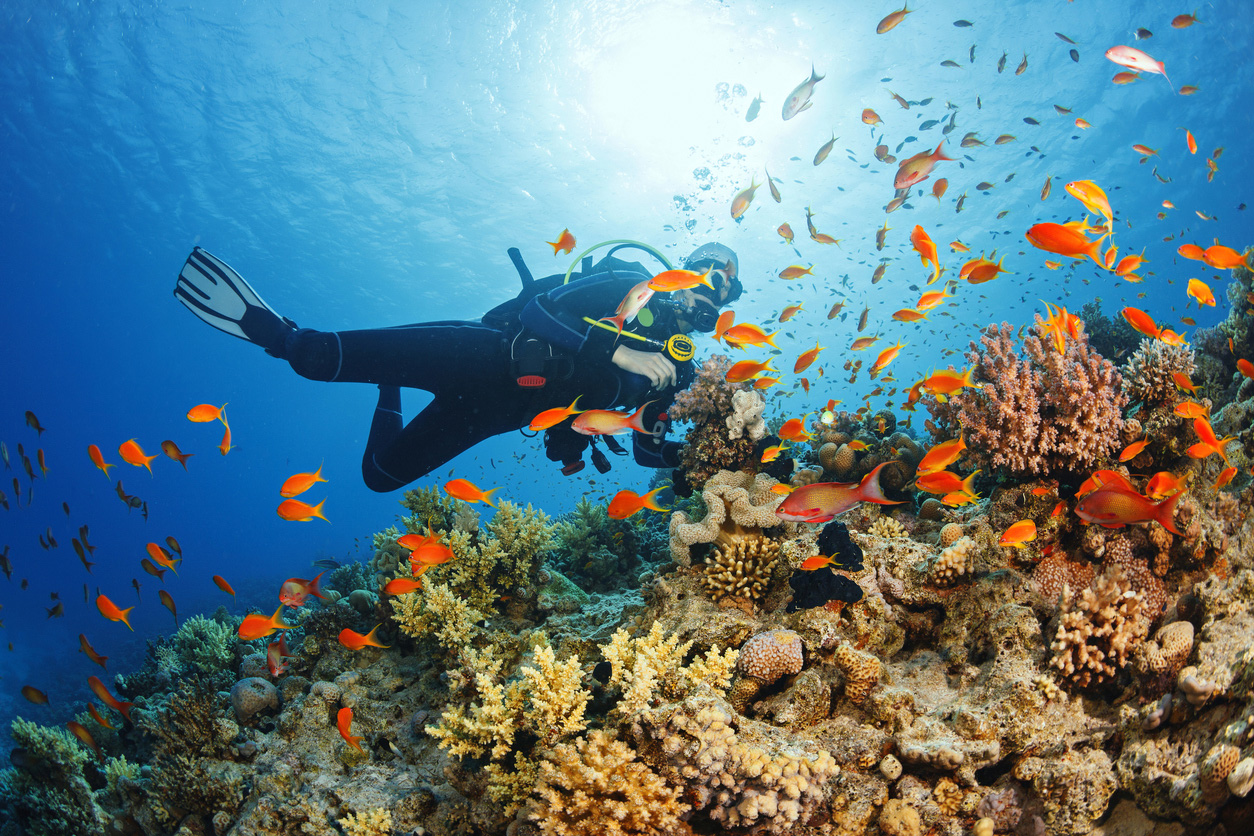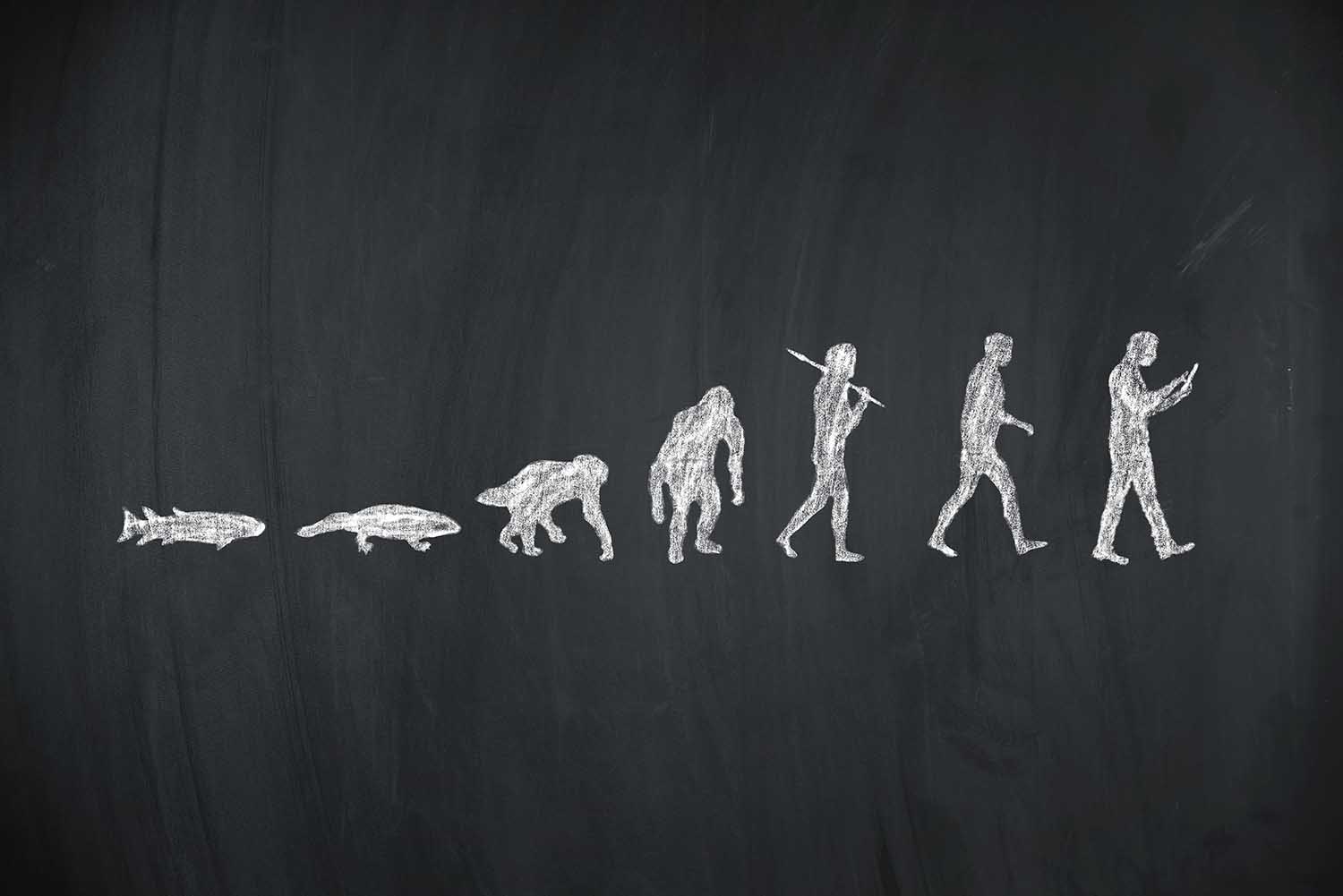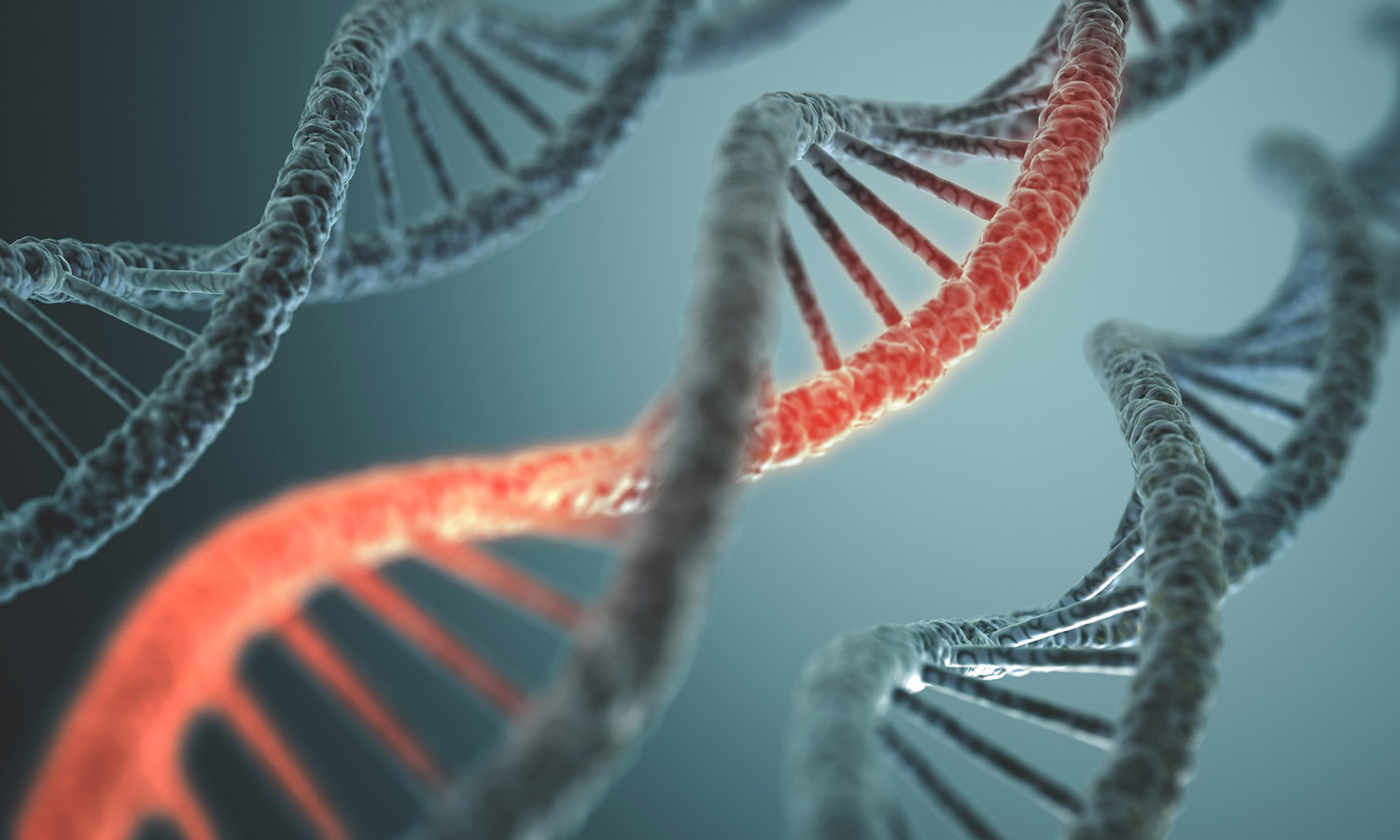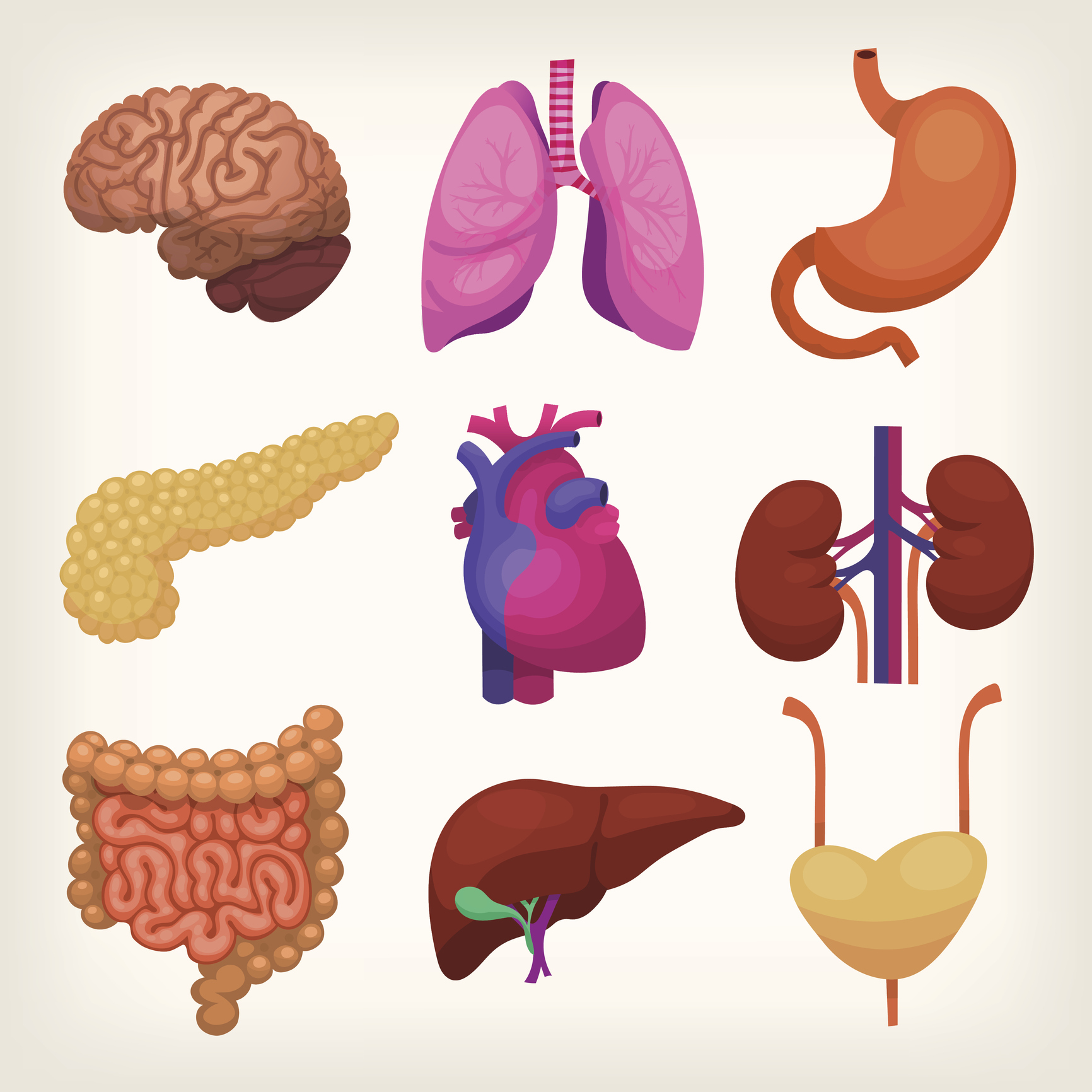What is biology? Think about this question. Note: In this course you will be required to keep a notebook to record, organize and reflect on your learning as you progress through each learning activity. You will learn more about how to organize your notebook in a subsequent learning activity.
Click the following tabs to read the “big ideas,” or main concepts, that will be covered in this course. These big ideas will give you a better idea of the topics you will learn as you progress through the course.
Notebook
Did reading the big ideas for this course change your thoughts on what you thought you will learn? What new topics did you consider after reading them? Which topics are you most excited to learn about? Add your answers to these questions to your Notebook.
As a university preparation course, SBI3U: Biology will prepare you for future study in the field and give you experience in researching for your own understanding. Copy the following graphic organizer into your notebook and complete it by searching online or in books.
SBI3U Big Ideas Graphic Organizer
| Big Idea | Questions | Answers |
|---|---|---|
| Unit 1: Biodiversity | ||
| All living things can be classified according to their anatomical and physiological characteristics. |
|
|
| Human activities affect the diversity of living things in ecosystems. |
|
|
| Unit 2: Plants | ||
| Plants have specialized structures with distinct functions that enable them to respond and adapt to their environment. |
|
|
| Plant variety is critical to the survival and sustainability of ecosystems. |
|
|
| Unit 3: Animals | ||
| Groups of organs with specific structures and functions work together as systems, which interact with other systems in the body. |
|
|
| The development and uses of technology to maintain human health are based, in part, on the changing needs of society. |
|
|
| Unit 4: Evolution and genetics | ||
| Evolution is the process of biological change over time based on the relationships between species and their environments. |
|
|
| The theory of evolution is a scientific explanation based on a large accumulation of evidence. |
|
|
| Technology that enables humans to manipulate the development of species has economic and environmental implications. |
|
|
| Genetic and genomic research can have social and environmental implications. |
|
|
| Variability and diversity of living organisms result from the distribution of genetic materials during the process of meiosis. |
|
Now that you have completed this learning activity, what are you most excited or interested to learn in this course? We will use many different contexts and examples. Which areas of biology do you think you already have some general understanding about? Which areas are totally new to you?
It’s important to always believe that we can learn. You are not an expert at all these concepts right now, however you will grow and learn as you work through this course. Research shows that one of the most important factors in student success is the belief that students have about their ability to learn. The understanding that everyone starts somewhere and that being “smart” comes from hard work and practice, not just being “born smart” is often called a “growth mindset.”
Connecting to the Transferable Skills
Transferable Skills
Recently, Ontario worked with other provinces in Canada to outline a set of competencies that are requirements to thrive. Ontario then developed its transferable skills framework as a set of skills for students to develop over time. These competencies are ones that are important to have in order to be successful in today’s world.
Read through the framework and the student look-fors (Opens in new window). Copy this document into your notes - you'll refer to it in each unit.







